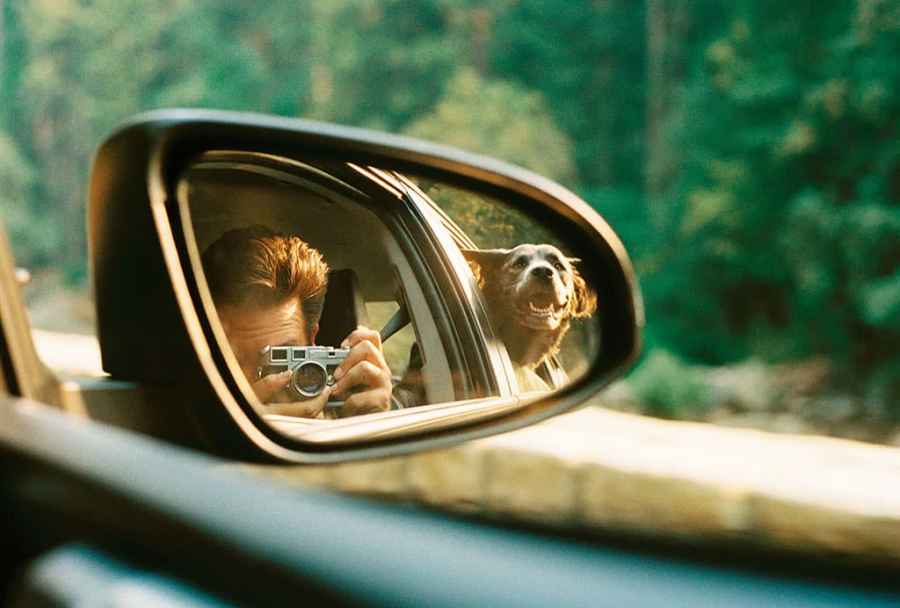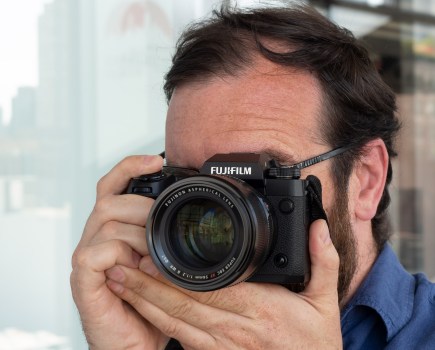Photographer, writer and YouTube sensation Kai Wong tells us more about how he got into film, and the inspirations behind his brand new book that celebrates all things analogue
I became obsessed with film photography when I was in university, although the feelings for the funky-smelling stuff go back way longer than that, having grown up seeing my parents take all the family photos with film cameras. My choice to learn with a film camera was more of a pragmatic choice than one born out of passion, because, at that time, digital was still kinda new and kinda expensive for a poor student.

© John Thatcher / john-thatcher.com
The process of film photography is still something that I love as much now as I did back then. Finding a decent lab might not be as easy a task as it once was, but it’s just a simple pleasure to load up a roll of your favourite emulsion and concentrate on the shooting process, without worrying about white balance or automatically chimping at the LCD screen after every photo you’ve taken.
There’s little in the way of tech coming in between you and the scene, so you therefore feel more connected to whatever you’re photographing – you’re not having to fumble your way around a rather incomprehensibly laid-out menu system.
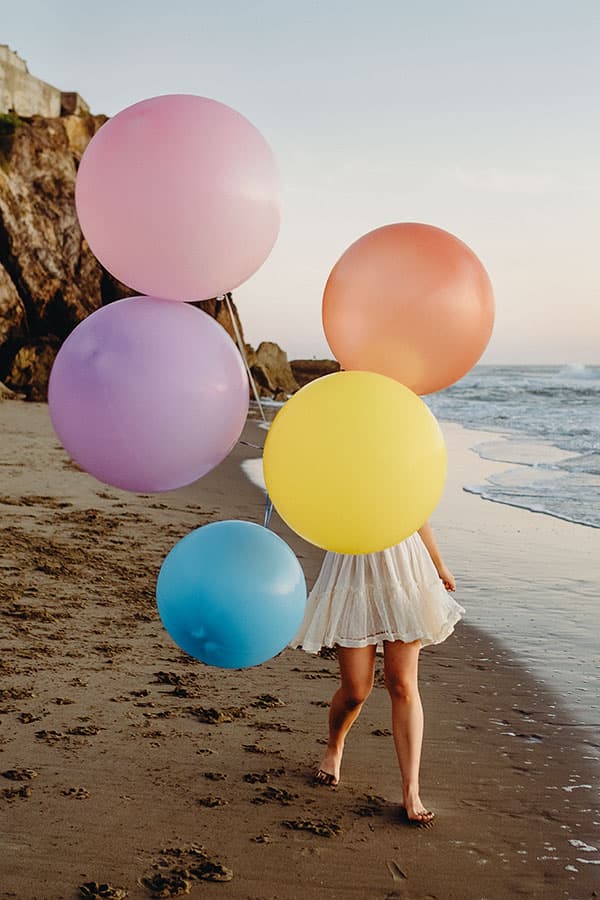
© Ian TeraokaIG / ianteraokaianteraoka.com
The joy of film photography doesn’t end there – every time you’ve got your film back from the lab, it feels like a little Christmas (without the drunken uncles making obscene jokes) treat.
Unless you’re taking photos with instant film, the results aren’t instantly viewable, and it’s always a fantastic surprise to check them out for the first time. But, also, I felt like I was more driven to try to improve my photography when I was shooting film – it wasn’t cheap to develop film back then, either, and I certainly didn’t want to keep wasting money on wasted frames.

© Ben Andrewes / benandrewes.com
The learning process
My photography teacher never bothered turning up to his own lessons; there were no online tutorials at that time and a lot of books that taught photography were so dry. Two things I did enjoy were reading photography magazines – like Amateur Photographer – and buying photo books.
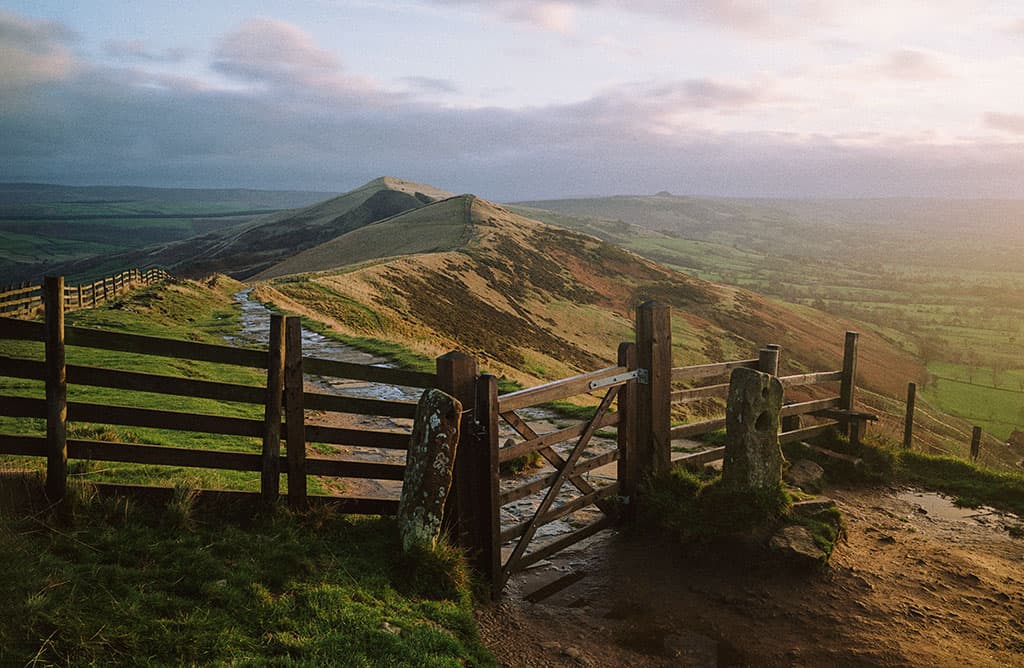
© Kai Wong
Learning and improving photography is about being inspired to create, which can be done by looking at some amazing photos. Of course, it does require some kind of knowledge of how to use a camera, but knowing how to twiddle a few knobs and understanding what depth of field is doesn’t guarantee great images.
What I always wished I could buy when I was learning film photography, was a book about how to take photos that kept all the dry, geeky stuff to a minimum and just spoke in a language that didn’t make it feel like you’re learning a completely new language.
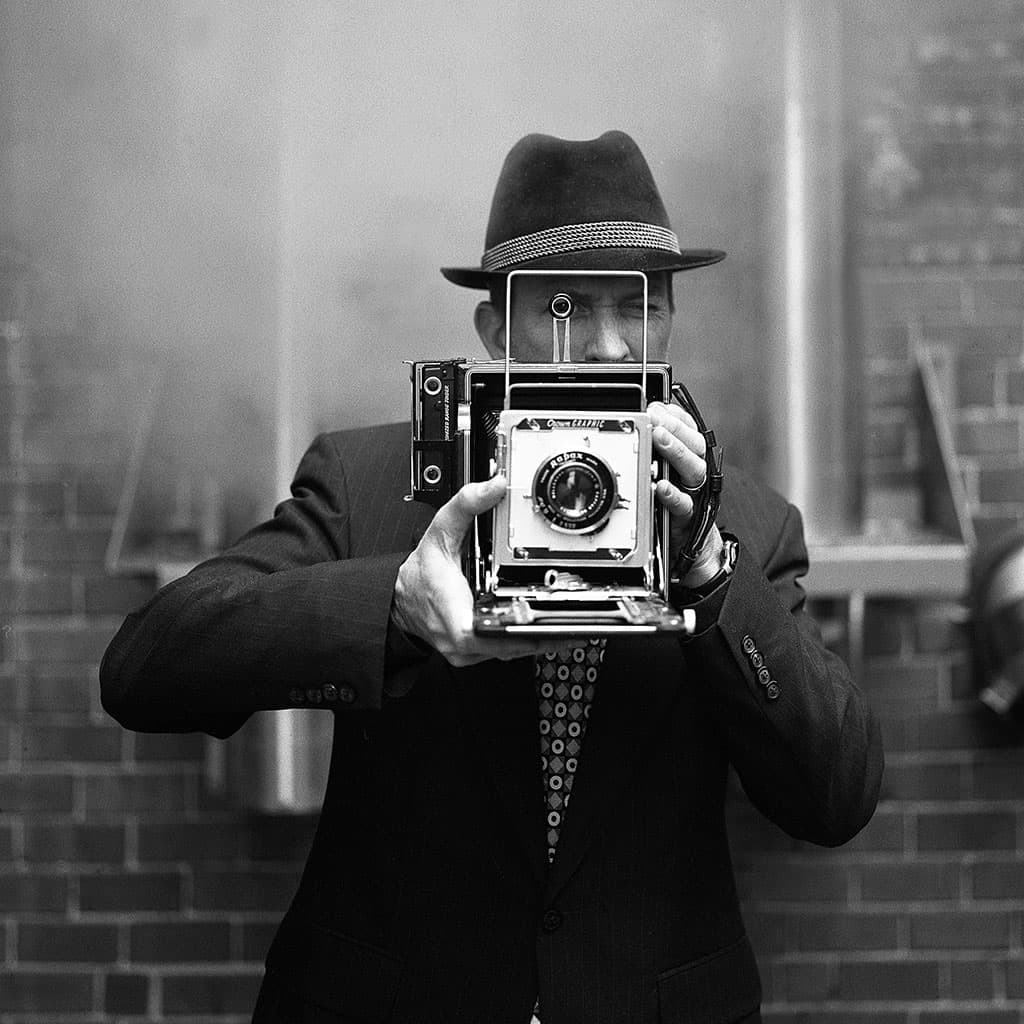
© Stephen Sheffield / stephensheffield.com
Old School Photography is the book that I wanted: it’s a collection of quick tips combined with cool photos from the film photography community for inspiration. It’s a book made for a new generation of photographers who are curious about film and for all those who are curious about dabbling with film again.
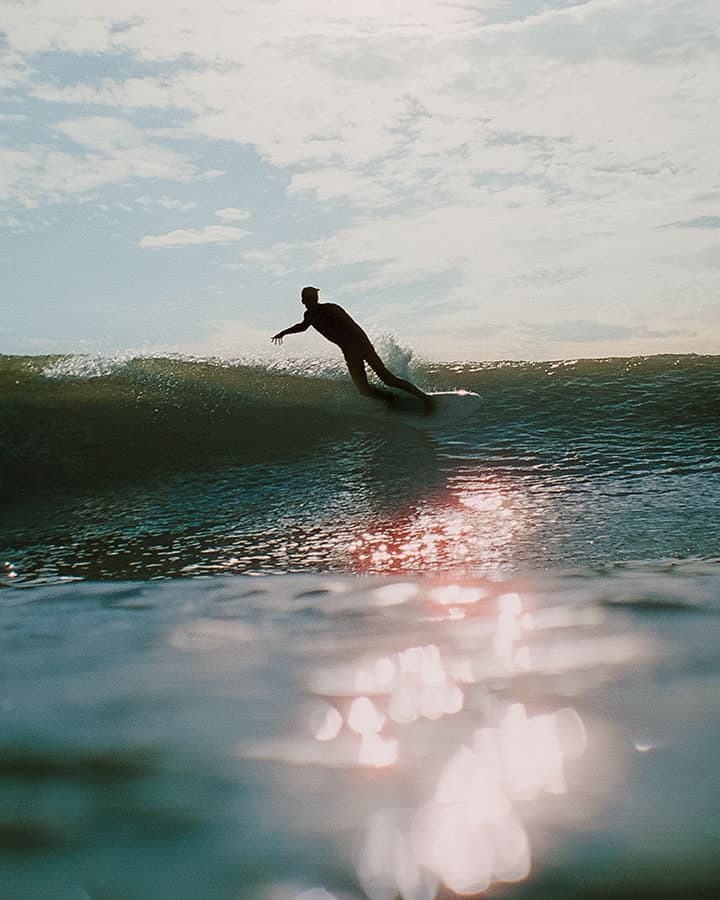
© Clayton Barkman / IG @claytonbarkman
The photos shown in this article are just some from the helpful and fun Old School Photography book, a great way to get started with analogue photography if you’re new to it – or to pick up some extra tips if you aren’t.

Old School Photography: 100 Things You Must Know to Take Fantastic Film Photos by Kai Wong is out now
Further reading

